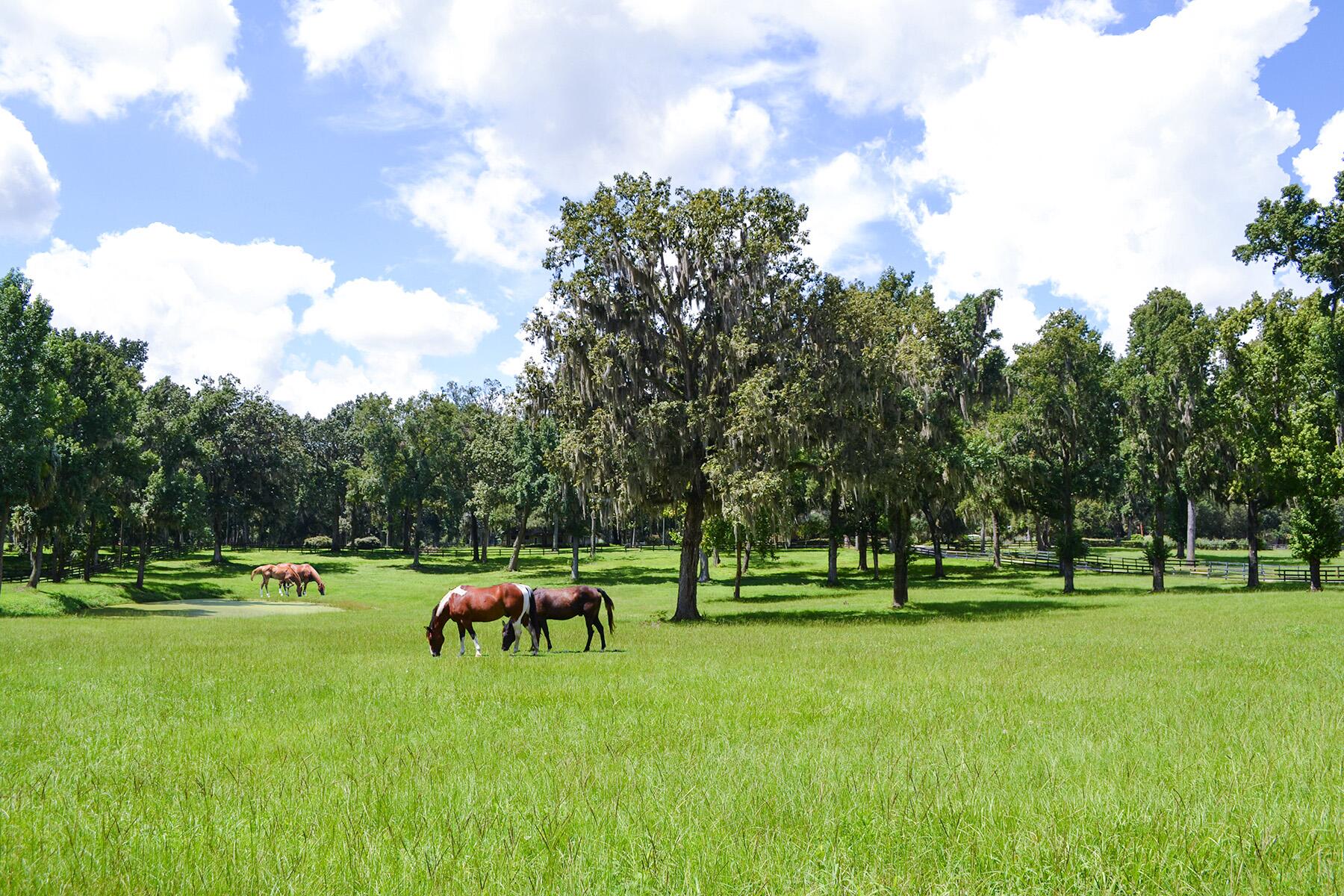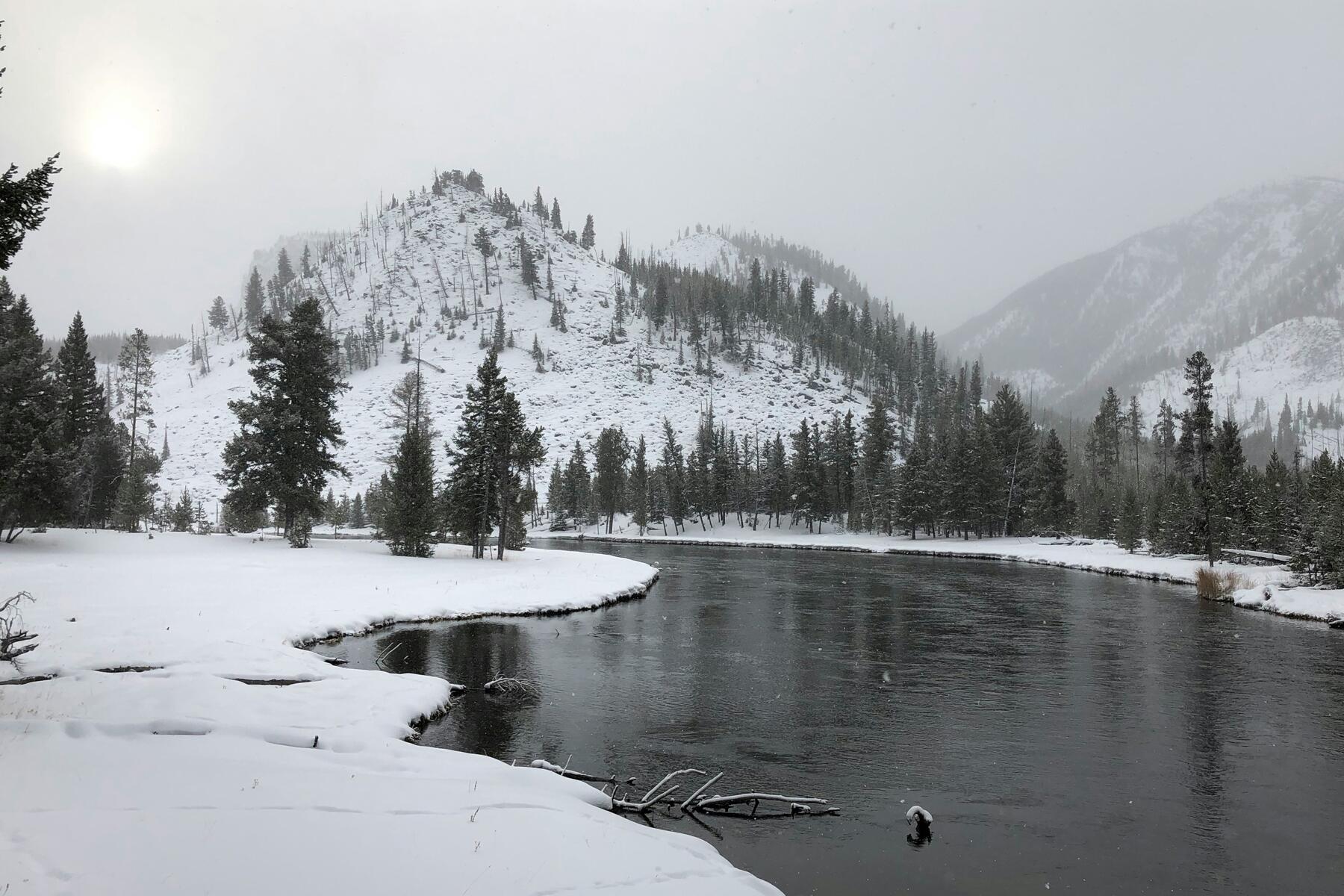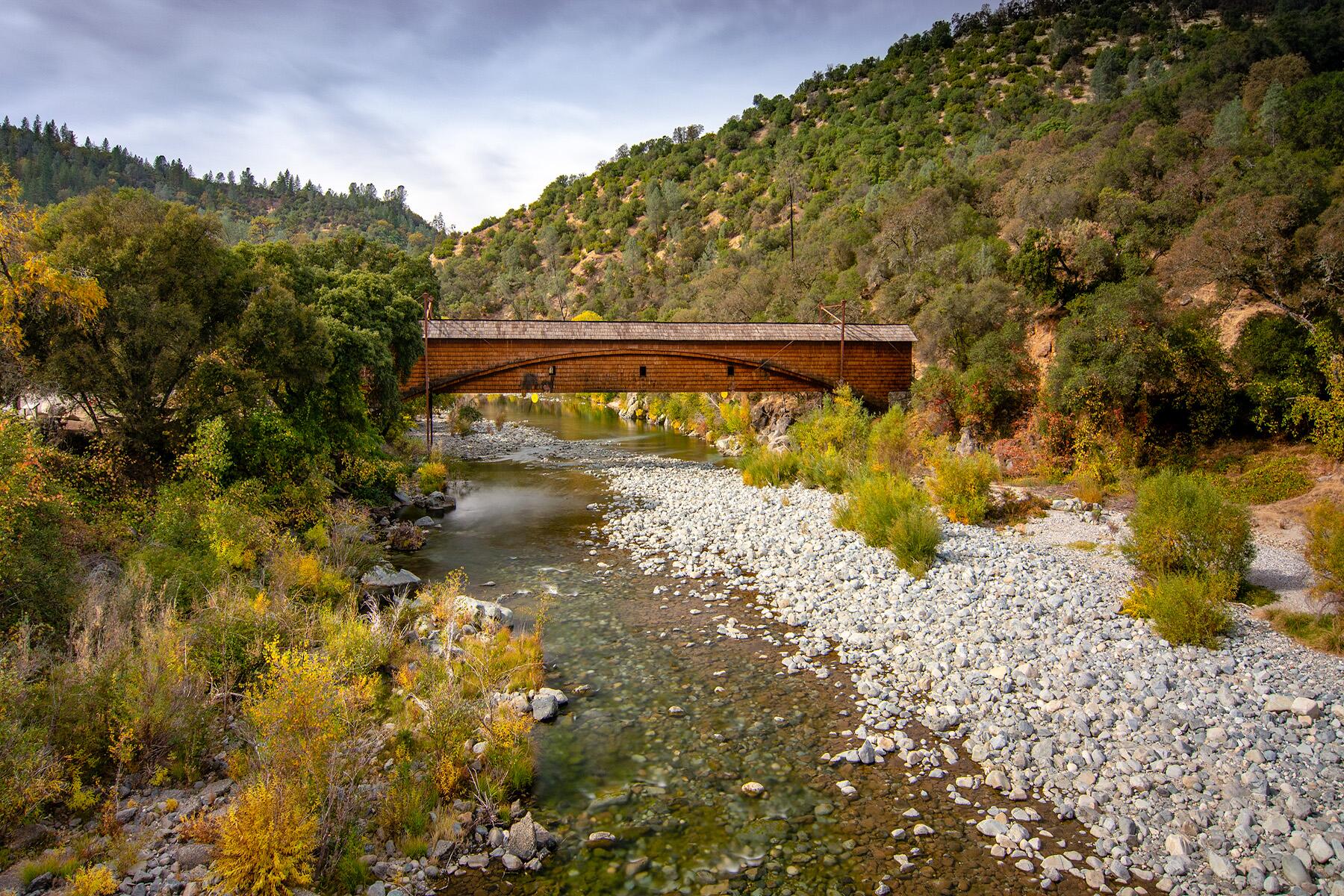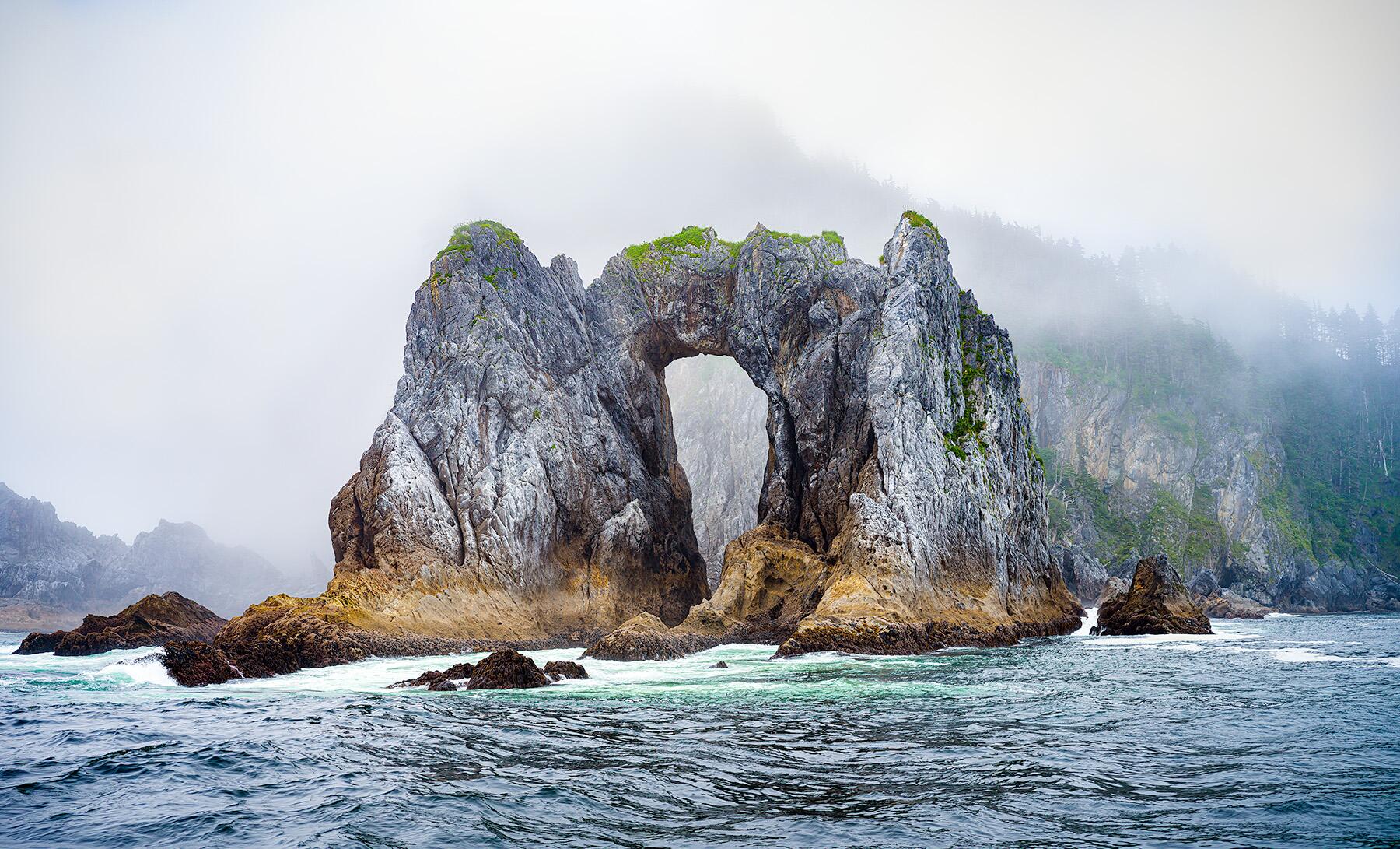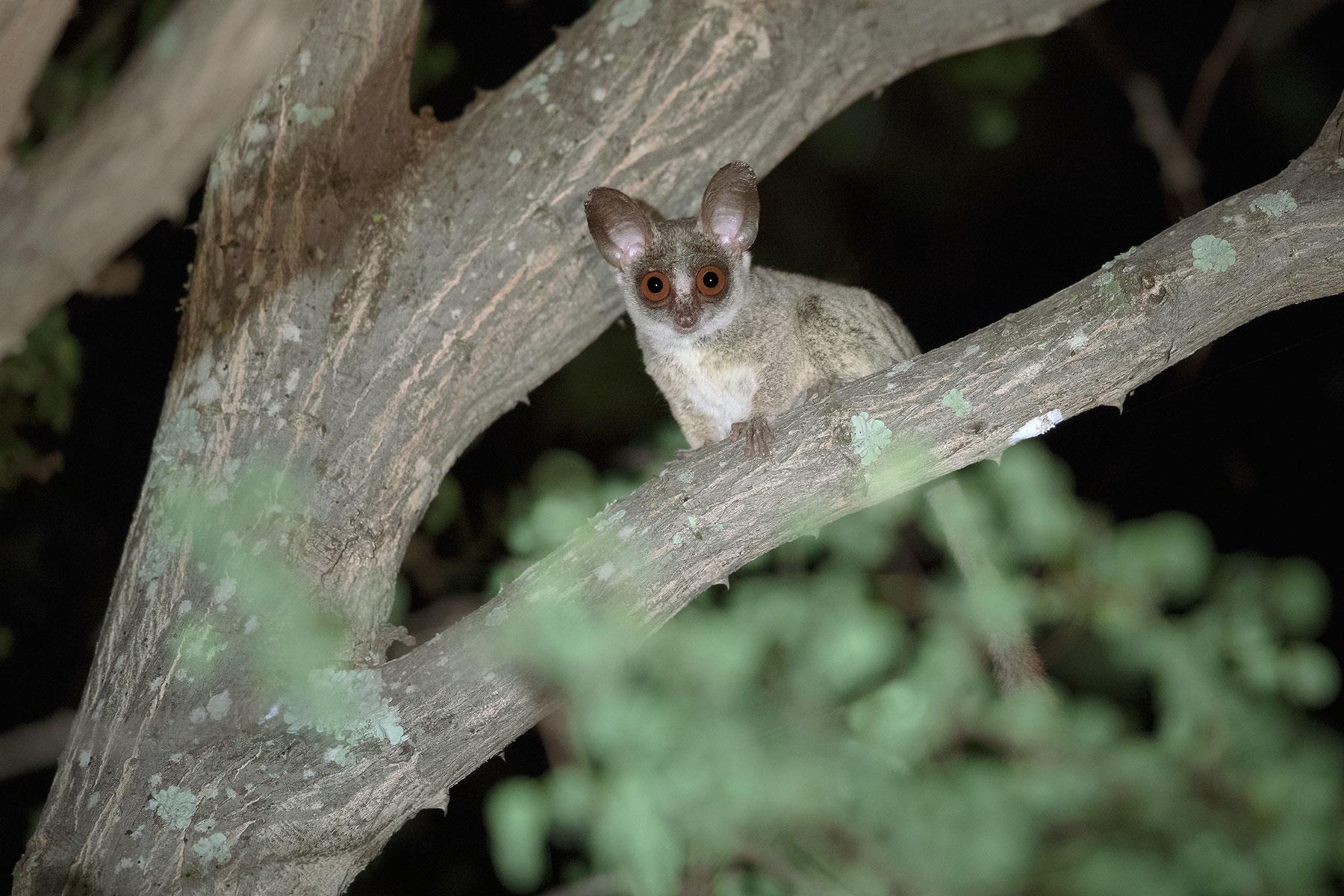Kruger, South Africa, isn’t just about the big guys.
Sighting the Big Five is no doubt the greatest thrill of visiting Kruger National Park. And you have excellent chances of spotting the lion, leopard, elephant, Cape buffalo, and rhino. But there are thousands of more critters in this bio-rich realm, including some very bizarre ones. Here are some of the strangest.
Honey Badger
They may be cute, but they’re violent. These critters, officially called Mustelidae (from the Latin for weasel), have been known to attack elephants, buffalo, even humans. With tough, loose skin that helps fend off teeth and claws, their tactics include a willingness to fight till the bitter end, going for the groin … and an asphyxiating anal smell. Their one weakness is food, anything and everything; they’ve been known to try to stuff themselves with porcupine without extracting the quills. Oops.
Where to Spot Them: It’s rare to see one, but look along the S106, the junction around H10 and S29, Satara, and Talamati Bushveld Camp.
Dung Beetle
That’s right, these beetles feed partly or exclusively on dung, mostly elephant dung. The “rollers” spend their days rolling dung into round balls, which are then used for food or in the breeding chambers. They come in a variety of different types, ranging from 0.2 inches to 2 inches, and different colors, though the most common are black. They’re actually a very important component of the ecosystem, helping to clean up waste and fertilize the soil.
Where to Spot Them: Literally, in any pile of dung throughout the park.
Recommended Fodor’s Video
Cape Pangolin
This odd-looking, elusive critter looks every bit like a T. Rex when it walks. It’s actually a scaly anteater, protected by an armor of imbricated brown scales. Its long, sticky tongue (which extends longer than its entire body and tail) is used to suck down ants and termites. They close into a ball when threatened, which, alas, these days is often. Their shell and scales, made from the same material as rhino horn (keratin), is highly desirable for its use in Asian traditional medicine. Poachers are prevalent.
Where to Spot Them: The park is not revealing their location due to increased illegal poaching.
Bushveld Rain Frog
The Bushveld rain frog (one of 14 species of rain frogs) looks like a pudgy pile of mud with big eyes and a huge frown. Using their thick, muscular legs mainly to burrow, they waddle when they walk, and they inflate into a puffball when threatened. The females are larger than the males, a practical mating problem solved by evolution: An adhesive secretion is used to attach the two as the eggs are fertilized.
Where to Spot Them: They are fairly common and widespread in the park, though you probably won’t see one, except during or after heavy rains.
Lesser Bushbaby
Resembling those big-eyed stuffed animals you find in the drugstore, tree-dwelling bushbabies (also called galagos) are Africa’s smallest primates. They are quick, jumping into the air to catch grasshoppers and moths with their front feet while clinging to a tree limb with their hind feet. Although largely nocturnal, they’re fastidious about their looks, grooming intensely with their pointed second toe (also called a toilet claw) before heading out into the night.
Where to Spot Them: Lesser bushbabies are found in the savanna, woodlands, riverine bush, and forest fringe, especially near the confluence of the Marico and Notwani Rivers.
Rock Hyrax
They may look like a fat guinea pig, but these chubby little creatures are not rodents; they’re members of the Procaviidae family (and also called dassies). They have multi-chambered stomachs and tusks, and, despite their difference in size, their closest living relative is the elephant. And they like to sunbathe a lot.
Where to Spot Them: Look for them basking in the sun on large rocks, especially in the early mornings and late afternoons.
Giant Stick Insect
This skinny insect with horns, measuring between half to an entire foot long, masquerades as, well, a stick. If threatened, they play dead … for hours. They can fly, albeit awkwardly, though they prefer to skulk in the treetops, chomping on leaves through the night. These giants—South Africa’s largest stick insect—were only recently named as a new species of stick insects, after a British stick insect expert determined they were slightly different from the rest.
Where to Spot Them: Giant stick insects spend most of their time in the treetops of Acacia trees throughout the park. They’re hard to spot, since even when they move they sway, like a breeze-ruffled tree branch.
Antlions
The ant doesn’t stand a chance. As soon as it sticks its head into the antlion larva’s cone-shaped hole, it’s disoriented by sand being thrown into its face. The ant slips, tumbling to the bottom, where the hairy, obese antlion larva (the larval form of a flying insect that resembles a dragonfly) awaits with pincers, grabbing its prey and injecting it with enzymes. Using the same hollow pincers, the antlion larva consumes the victim’s contents. Any wastes are stored in the larva’s sealed rectum until it sheds its skin. They are the smallest member of the “little five” club—smaller creatures in the park that have a “big five” reference in their common name.
Where to Spot Them: Look for cone-shaped antlion holes in soft sands at your rest camp or picnic site. Swirl around a small twig to bring it to the surface without harming it.
Eastern Rock Elephant Shrews
Fuzzy, mouse-size mammals with twitching ears and a long nose resembling a petite animal trunk, this “little five” version of the elephant doesn’t burrow. Instead, they live in rock formations filled with cracks and crevices; they use their noses to sniff out insects, twisting and bending in the quest. Unlike most members of the animal kingdom, they’re thought to be monogamous and mate for life. And as cute as they are, they’re ferocious when it comes to defending their territory. Males take on encroaching males, while females face off other females, both involving much screaming, snapping, and kicking.
Where to Spot Them: While they’re abundant, they’re difficult to spot. Look in rock crevices throughout the park, especially at dusk. Their twitching ears often give them away.
Rhino Beetles
Among the world’s largest beetles (up to two inches in South Africa), the males have oversize horns on their noses to fight for their gals, as well as dig for food in rotting tree trunks. Despite their scary look, they’re harmless to humans. A subfamily of the scarab beetle, some have beautifully descriptive names, including Hercules beetles and unicorn beetles. They’re the rhino representative of the “little five” safari animals.
Where to Spot Them: They’re fairly widespread and common, but difficult to spot thanks to their small size and the fact they’re only active at night.
Leopard Tortoise
Beautifully patterned in gold and black, the leopard tortoise is the world’s fourth largest tortoise—some grow up to 18+ inches in length. Another of the so-called “little five” safari animals, they’re solitary and often found by themselves along isolated roads. They are the only tortoise without a nuchal shield (the protective scute above the neck), meaning they’re the only tortoise that can raise its head—and therefore swim. The lucky ones live to be 100 years old.
Where to Spot Them: They are most abundant after the rainy season, and are more common in south and central Kruger, more scarce in the north. You’ll find them in the grasslands and savanna.
Red-billed Buffalo Weaver
The last of the “little five,” red-billed buffalo weavers are a little larger than a sparrow (up to nine inches), with black coloring, white shoulder patches, orange eyes, and a red bill. If you somehow miss them, you’ll definitely hear their squawk. They get their name from the fact that they weave their messy nests from grass and reeds.
Where to Spot Them: The red-billed buffalo weaver is commonly seen in flocks throughout the park’s savanna and scrubland. They nest in large trees, generally facing north or northeast to protect from prevailing winds.
